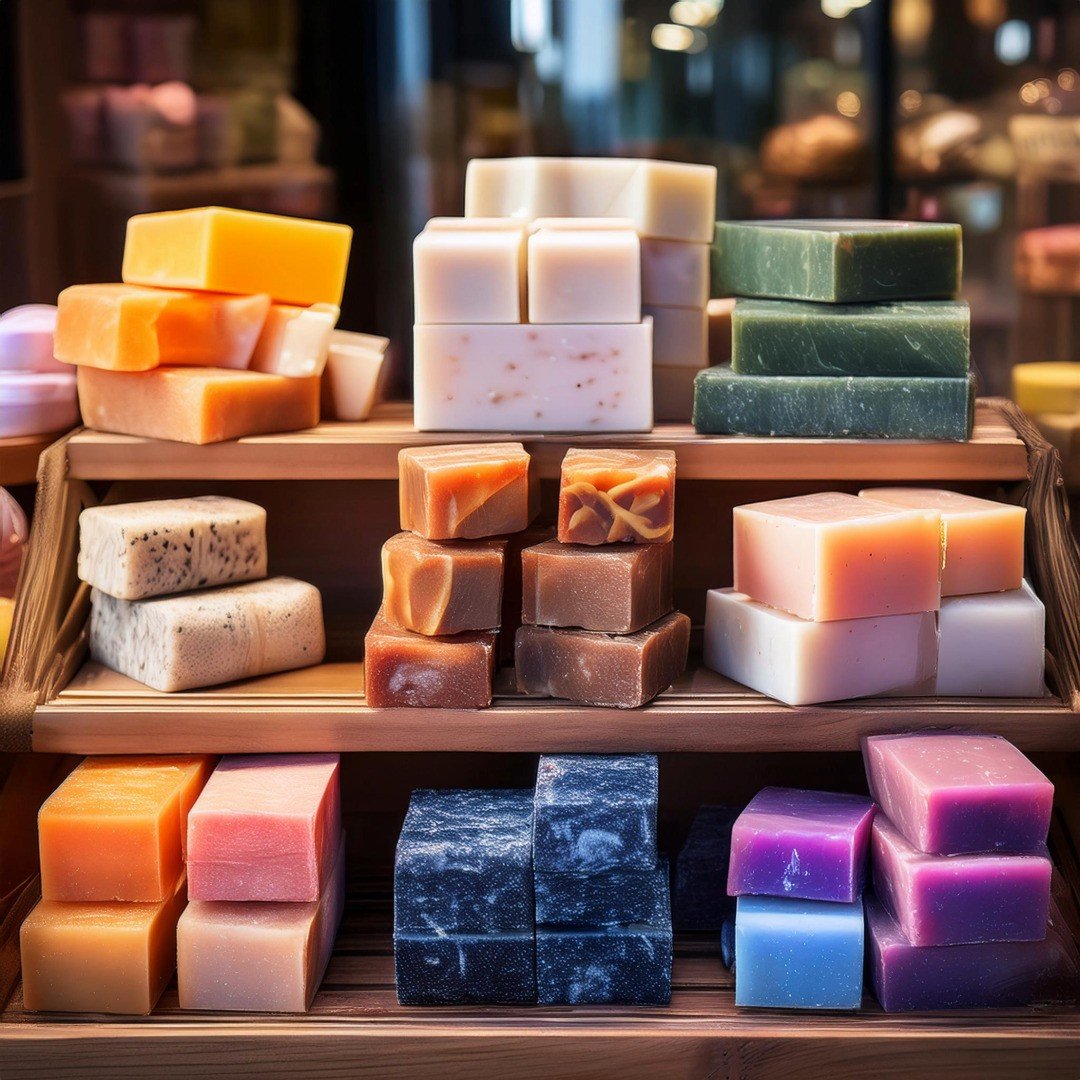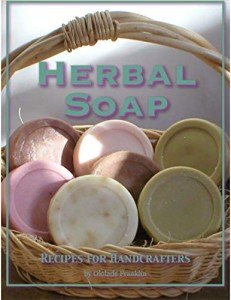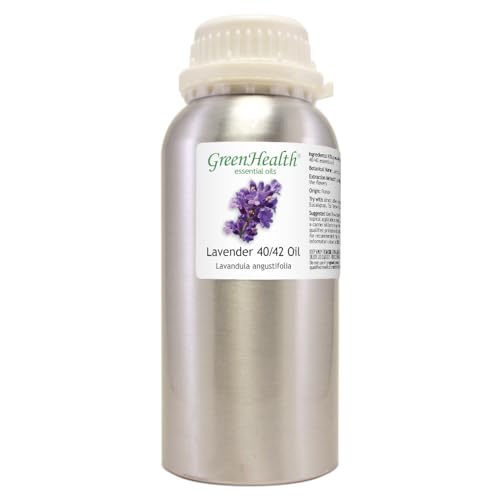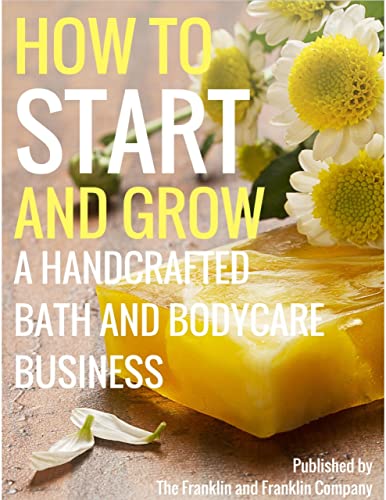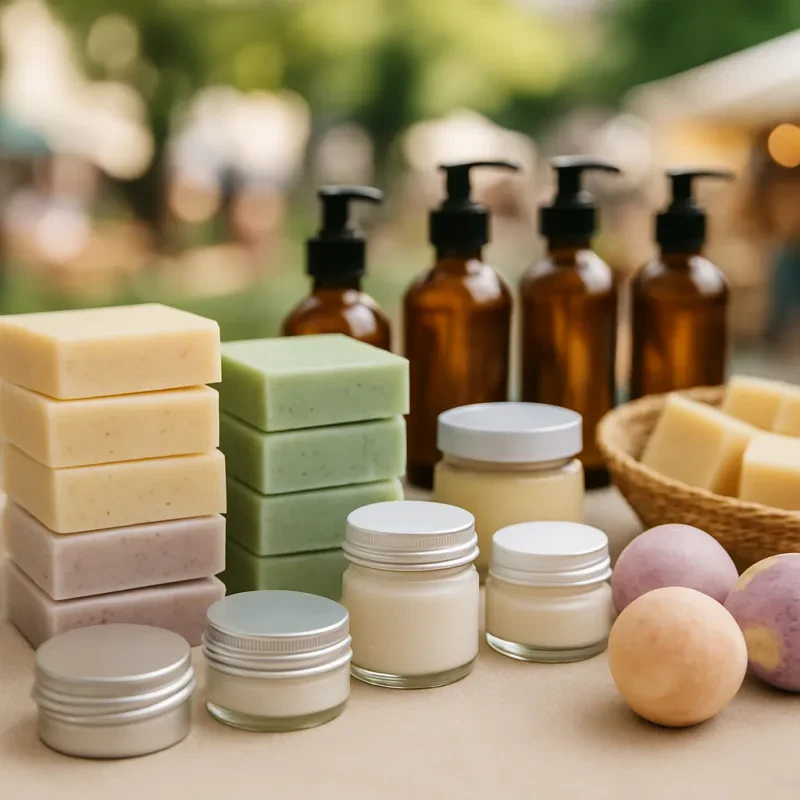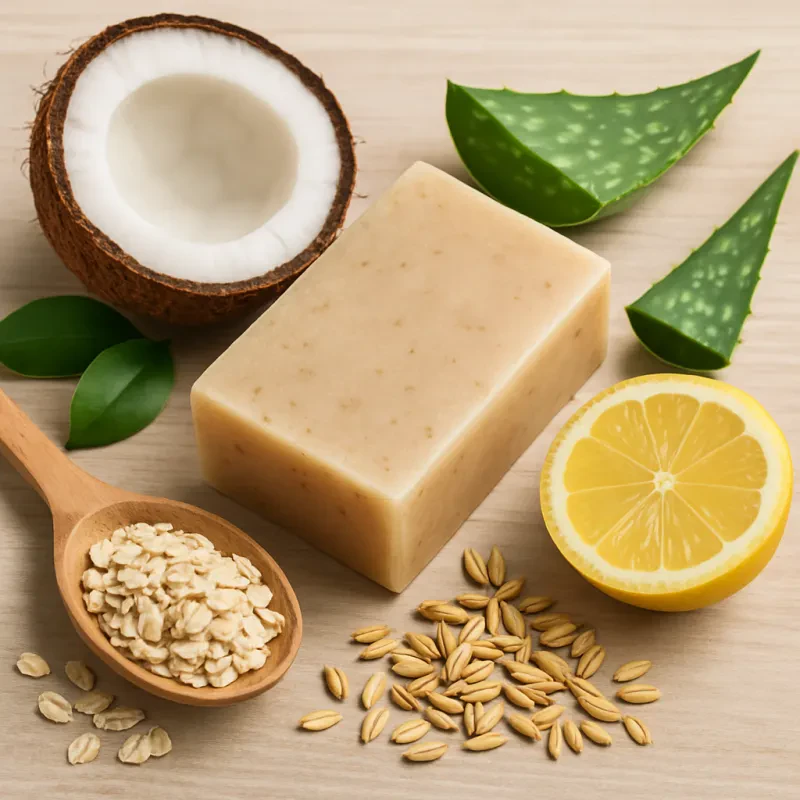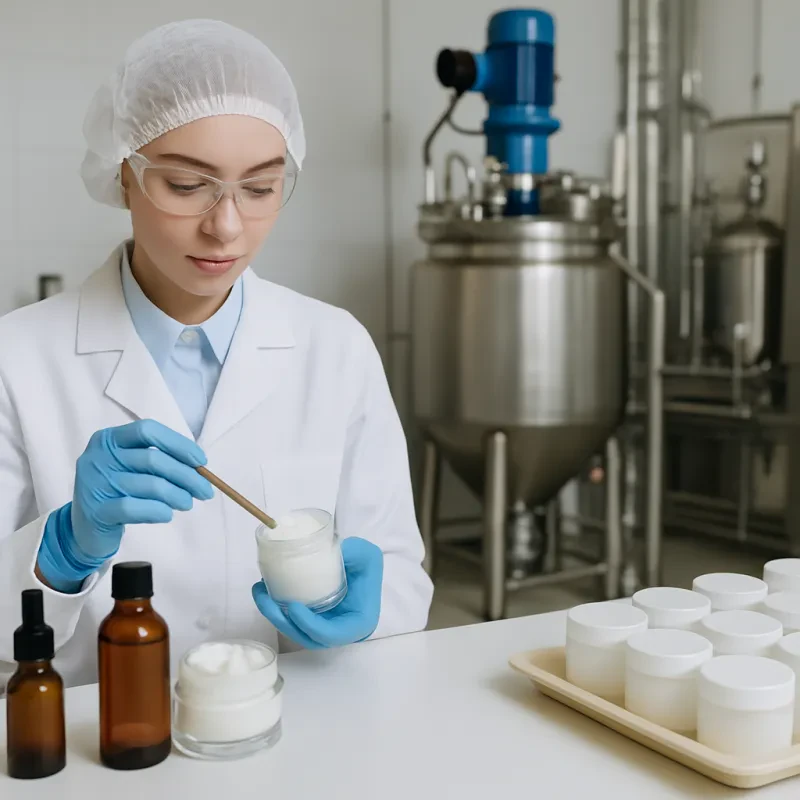Starting a handcrafted soap business can be an exciting and rewarding venture. As consumers increasingly seek natural, high-quality, and unique personal care products, handcrafted soaps have seen a surge in popularity. If you have a passion for creating soaps and are ready to turn that passion into a business, this step-by-step guide will help you navigate the process from idea to launch.
Step 1: Research the Market
Before diving into soap making, it’s crucial to understand the market. Research the current trends in the skincare and soap industries. Look for gaps in the market or unique selling points that will set your products apart. Some factors to consider include:
- Target audience: Are you targeting luxury buyers, eco-conscious consumers, or those with sensitive skin?
- Competition: Who are your competitors, and what sets them apart? What can you do differently to stand out?
- Price point: Determine the price range you want to offer and research what customers are willing to pay.
Step 2: Perfect Your Soap-Making Skills
Making high-quality soap is an art, and perfecting your technique is essential to building a successful business. You can learn soap-making through:
- Online tutorials and courses: There are many free and paid resources to help you learn various soap-making techniques.
- Books: Invest in a few trusted soap-making books that offer step-by-step instructions and safety tips.
- Experimentation: As you practice, experiment with different ingredients like essential oils, natural dyes, and additives such as oatmeal, honey, or activated charcoal to create unique blends.
Herbal Soap Recipes for Handcrafters
Create beautiful, natural soaps with Herbal Soap Recipes for Handcrafters
Product information
$12.95
Product links
Step 3: Develop a Unique Brand
Your brand will play a significant role in attracting customers. A well-defined brand identity can help communicate your values and what makes your soap stand out. Key branding components include:
- Business name: Choose a catchy and memorable name that reflects your soap-making philosophy and target market.
- Logo and packaging: Create a logo and design packaging that aligns with your brand image. Eco-friendly and aesthetic packaging can be a huge selling point.
- Story: Share the story behind your soap-making journey. Authenticity can resonate with customers and build loyalty.
Step 4: Source Quality Ingredients
The quality of your soap starts with the ingredients. Invest in high-quality oils, butters, essential oils, and colorants. Consider sourcing sustainable and organic ingredients to appeal to health-conscious and eco-aware consumers. Some common ingredients include:
- Base oils: Olive oil, coconut oil, palm oil, and shea butter
- Essential oils: Lavender, peppermint, eucalyptus, and tea tree oil
- Additives: Clay, dried herbs, and exfoliants such as oats, coffee grounds, or sea salt
Lavender Essential Oil - 16 oz Bottle - 100% Pure
Experience the Calming Benefits of Pure Lavender Essential Oil in a 16 oz Bottle
Product information
$38.99
Product links
It’s important to research the properties of each ingredient and how they affect the final product. For instance, different oils contribute varying textures, hardness, and lathering qualities.
Step 5: Decide Upon Your Soap-Making Process
There are several methods of soap making, each with its pros and cons. Choose one that fits your skills and business needs:
- Cold process: This is the most traditional method, where oils and lye are combined and left to cure for 4–6 weeks. It’s ideal for creating high-quality soaps but requires more time and expertise.
- Hot process: Similar to cold process, but the soap is cooked to speed up curing. This method can create soaps that are ready for sale sooner but may require more equipment.
- Melt and pour: A beginner-friendly method where you purchase pre-made soap base and melt it down to add fragrance, color, and additives. This method is faster but may not offer the same customization as cold or hot process soap making.
Step 6: Set Up Your Workspace and Equipment
A dedicated space for soap-making will help keep things organized and safe. Ensure your workspace has:
- Proper ventilation: Lye fumes can be potent, so work in a well-ventilated area.
- Heat-resistant containers: For mixing oils and lye.
- Soap molds: Silicone or wooden molds are great for shaping your soaps.
- Safety gear: Always wear gloves and goggles when handling lye, because it is caustic.
You’ll also need a variety of utensils like scales, thermometers, stick blenders, and cutting tools for shaping your soap.
Silicone Soap Mold Set with Wood Case Large Size
Create beautifully crafted handmade soaps with our Silicone Soap Mold Set in a large size wooden case
Product information
Product links
Step 7: Price Your Soap
Pricing is one of the most crucial aspects of your business. To determine the right price for your handcrafted soap:
- Cost of ingredients: Calculate how much each bar of soap costs to make, including materials and labor.
- Overhead costs: Don’t forget to factor in costs like equipment, packaging, and marketing.
- Market research: Compare prices with other handmade soap makers. Make sure your price reflects the quality and uniqueness of your product while remaining competitive.
Step 8: Legal Considerations
Before selling your soaps, make sure you comply with local regulations. Some legal steps you may need to take include:
- Business license: Check if you need a license to operate a small business in your area.
- Insurance: Consider liability insurance to protect against potential customer complaints or product issues.
- Labeling requirements: Make sure your soap packaging includes proper labeling, such as ingredients, any allergens, and your business name.
Step 9: Develop an Online Presence
In today’s digital world, having an online presence is essential for growing your business. Some ways to promote your handcrafted soap include:
- E-commerce website: Set up a website where customers can purchase your soaps. Platforms like Shopify, Etsy, and Squarespace make it easy to build an online store.
- Social media: Use platforms like Instagram, Facebook, and Pinterest to showcase your products, engage with customers, and run targeted ads.
- Content marketing: Start a blog or YouTube channel to share soap-making tips, skincare routines, and the benefits of your products.
Step 10: Start Small and Scale Gradually
When you’re just starting out, focus on small batches and local markets to test the demand for your soaps. You can sell at:
- Farmers' markets: Great for local exposure and customer feedback.
- Online marketplaces: Etsy and similar platforms can help you reach a wider audience.
- Boutiques and salons: Reach out to local stores that might want to carry your soaps.
As your business grows, you can scale by expanding your product line, offering new scents and variations, or increasing production capacity.
How to Start and Grow a Handcrafted Bath and Body Care Business
Information for starting a handcrafted bath and body care business from home
Product information
$9.94
Product links
Conclusion
Starting a handcrafted soap business requires dedication, creativity, and a good understanding of your market and craft. By following these steps—researching the market, perfecting your soap-making skills, building a strong brand, and leveraging online platforms—you’ll be on the path to turning your passion for soap making into a successful business. Keep experimenting, listening to customer feedback, and evolving your offerings to stay ahead in this growing market. With the right planning and execution, your handcrafted soap business can thrive.
